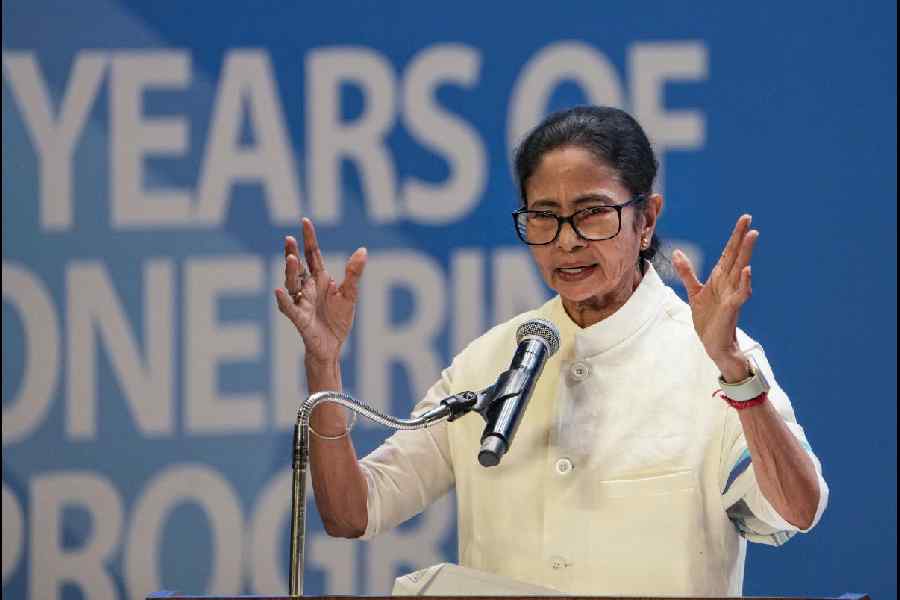Postgraduate medical students in the government-funded Employees State Insurance Corporation (ESIC) hospitals across India have questioned the mass transfer of more than 200 faculty doctors mid-session, saying the order will adversely impact their education and services to patients.
The students have said the mass transfers — 213 doctors shuffled in criss-crossing patterns between Bangalore, Calcutta, Chennai, Faridabad, New Delhi and Patna among other towns with ESIC hospitals — will reduce counts of senior faculty in some of the hospitals.
Some doctors have also expressed concern that the transfers will lead to a mismatch between doctors’ language skills and the local language in their areas of posting, potentially handicapping their capacity to communicate with their patients.
“The transfers will create faculty deficiencies in some of our departments,” said a member of the Resident Doctors Association (RDA) at the ESIC hospital in New Delhi that also serves as a training institution for postgraduate medical students.
The RDA has sent a letter to the National Medical Commission, the country’s apex medical education regulatory authority, complaining that under the transfer order issued by the ESIC headquarters, the ESIC hospital in New Delhi will lose 49 teaching faculty but receive only 38.
The ESIC, a unit of the Union labour and employment ministry, had last year announced a transfer policy to “meet organisational requirements of doctors with varied experience and job knowledge” to and make use of doctors’ “experience earned through age and position”.
Members of the RDA in the ESIC hospital in New Delhi said the transfers would leave the departments of obstetrics and gynaecology, orthopaedics, surgery, and paediatrics with fewer “professor-level faculty” than they currently have.
“This could disrupt our thesis work — some students are working on their theses under the guidance of senior faculty,” said a member of the RDA. “If the faculty are posted elsewhere mid-session, what do the students do? The new faculty posted here may not have the same thesis or research interests.”
Under the transfer policy, all ESIC doctors are liable for transfer and posting anywhere in India.
Doctors from the ESIC Hospital Joka (Calcutta), for instance, have been asked to shift to Bangalore, Bihta (Patna), Sanathnagar (Hyderabad) and Faridabad (Haryana). Doctors from Gulbarga will need to move to Alwar (Rajasthan), Joka, Sanathnagar. Doctors from Chennai will need to shift to Bangalore, Joka and Patna, among other towns.
Many of the transfers could move doctors into states where they might not be able to communicate with patients or their relatives in the local languages. A member of the RDA said: “How will this benefit patients? It is best when doctors themselves directly understand their patients rather than rely on others to interpret for them.”










